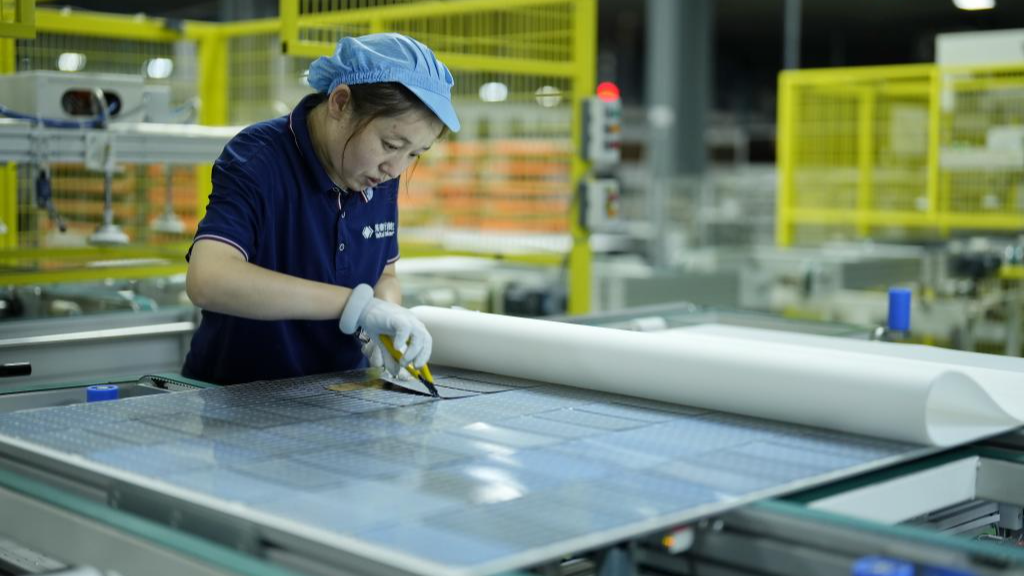 An employee works at a workshop of a photovoltaic equipment manufacturing company in Yutian County, north China’s Hebei Province, March 18, 2023. /Xinhua
An employee works at a workshop of a photovoltaic equipment manufacturing company in Yutian County, north China’s Hebei Province, March 18, 2023. /Xinhua
An employee works at a workshop of a photovoltaic equipment manufacturing company in Yutian County, north China’s Hebei Province, March 18, 2023. /Xinhua
The United States should earnestly abide by World Trade Organization (WTO) rules and immediately stop further increasing additional tariffs on some Chinese goods, a spokesperson for the China Council for the Promotion of International Trade (CCPIT) has said.
The U.S. on Tuesday decided to raise additional tariffs on its imports of some Chinese products, including electric vehicles (EVs), lithium-ion batteries, solar cells, critical minerals, semiconductors, steel, aluminum, and cranes, on top of the existing tariffs under Section 301.
“China’s industry and commerce community firmly opposes this U.S. act,” said the spokesperson.
On behalf of China’s industry and commerce community, the CCPIT and China Chamber of International Commerce have called on the United States to earnestly abide by WTO rules and immediately revoke the tariff increases.
They encouraged the industry and commerce communities on both sides to enhance mutual trust and cooperation, jointly maintain the stability and smooth operation of industrial and supply chains, and work for the accelerated recovery of the world economy.
China’s EV, lithium-ion battery, and solar cell industries, among others, have injected strong impetus into the global energy conservation drive, boosted emission reduction efforts, as well as promoted green innovation and development via continuous technological innovation, active participation in market competition, and deep integration into the global supply chain, the spokesperson said.
The Office of the U.S. Trade Representative has ignored the WTO rules and continued to abuse the Section 301 tariff review procedure to substantially increase tariffs on some products imported from China, said the spokesperson, calling it a typical form of unilateralism and trade protectionism practice.
At the same time, the United States provides a large amount of subsidies for its own electric vehicles, semiconductors and other industries, which obviously violates the principle of market economy and international economic and trade rules and seriously undermines the stability and security of global industrial and supply chains, said the spokesperson.
The additional levy will raise tariffs on Chinese EV imports to 100 percent this year. Meanwhile, the tariff rate on solar cell imports will increase to 50 percent this year. Tariffs on certain Chinese steel and aluminum products will also climb to 25 percent this year, and semiconductor tariffs will soar to 50 percent by 2025.
Read more:
China ‘strongly’ opposes U.S. tariff hike on EVs, chips and others
Source(s): Xinhua News Agency




 [Photo provided to chinadaily.com.cn]
[Photo provided to chinadaily.com.cn] 
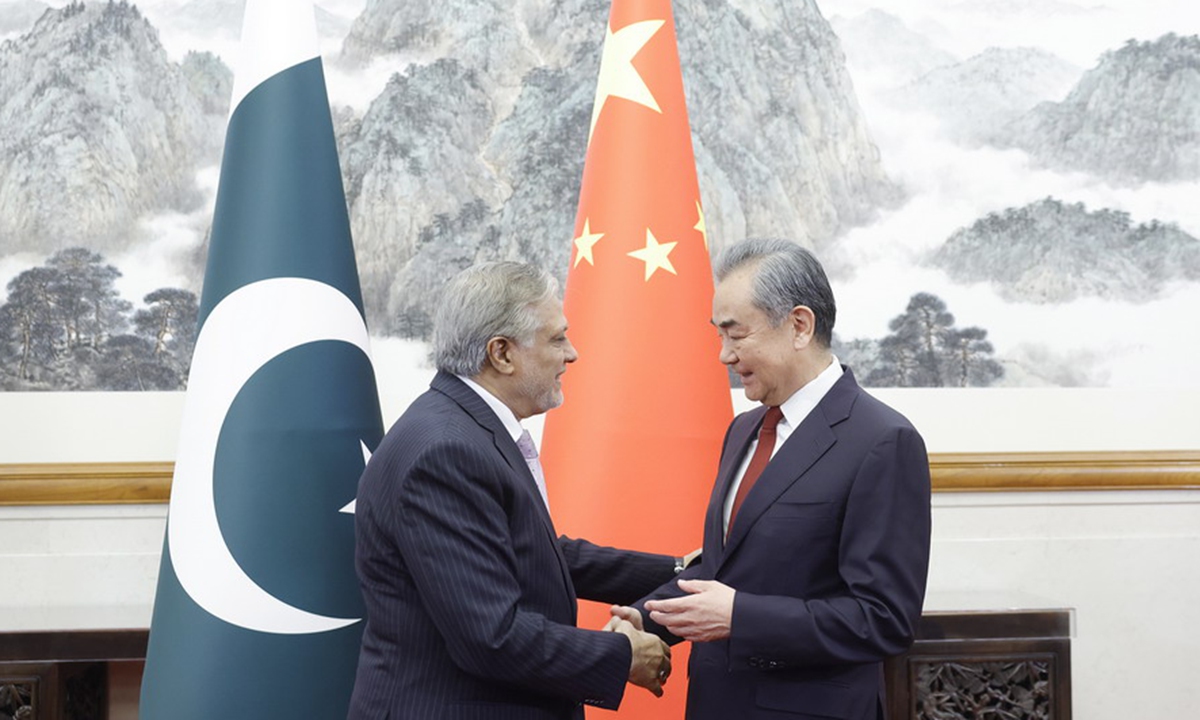

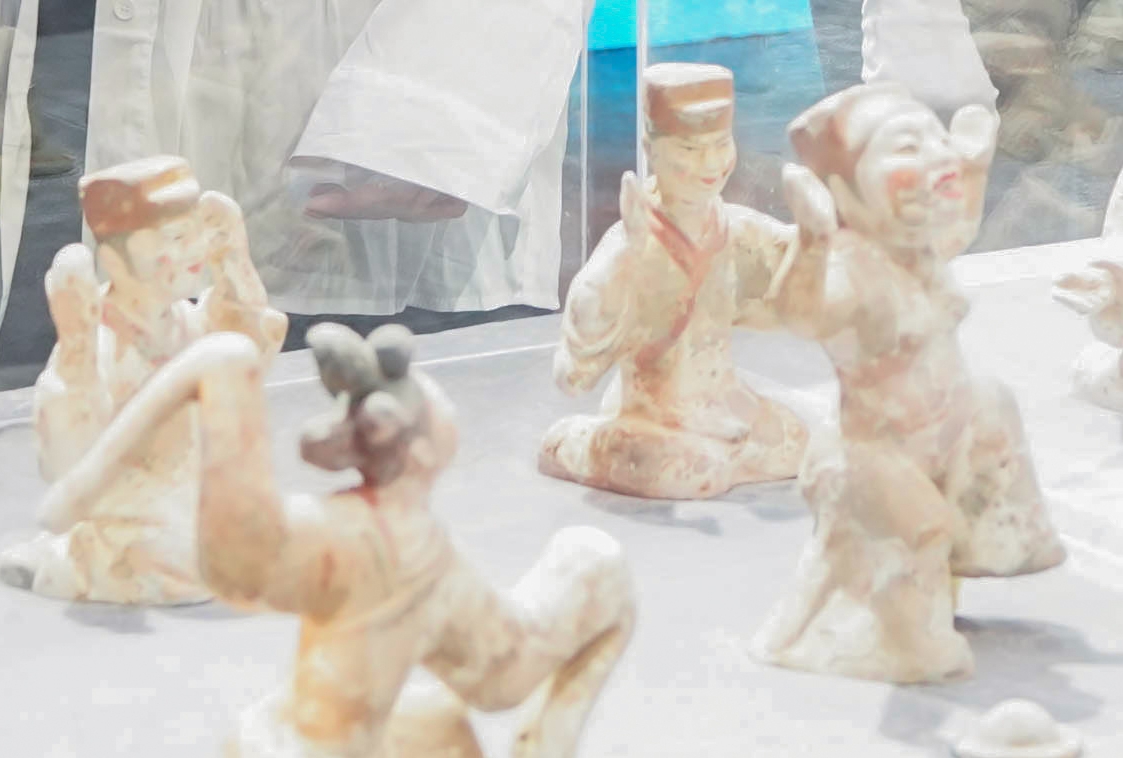

 A banner reading “In Gaza this university would have been bombed” (L) is displayed as Pro-Palestinian students prepare to leave a building of the Swiss Federal Institute of Technology Lausanne (EPFL) in Lausanne, Switzerland on May 7, 2024. /CFP
A banner reading “In Gaza this university would have been bombed” (L) is displayed as Pro-Palestinian students prepare to leave a building of the Swiss Federal Institute of Technology Lausanne (EPFL) in Lausanne, Switzerland on May 7, 2024. /CFP 
 /CFP
/CFP 
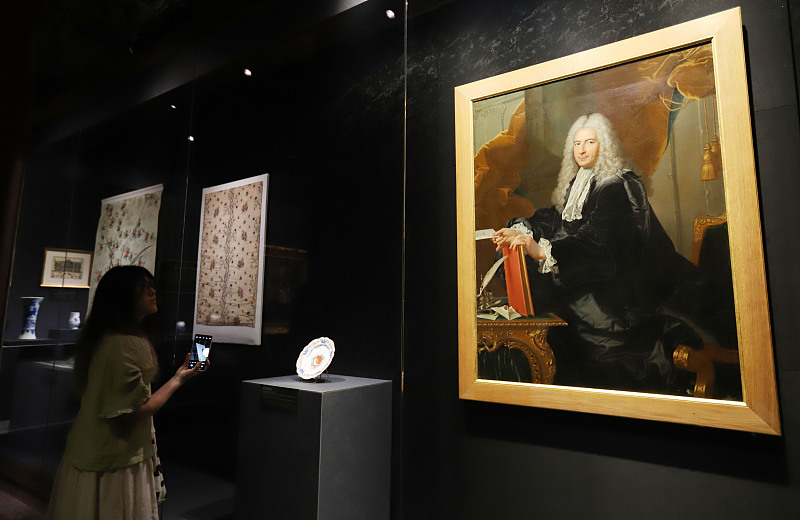 People visit the joint exhibition showcasing exchanges between China and France in the 17th and 18th centuries, in Beijing, May 14, 2024. /CFP
People visit the joint exhibition showcasing exchanges between China and France in the 17th and 18th centuries, in Beijing, May 14, 2024. /CFP 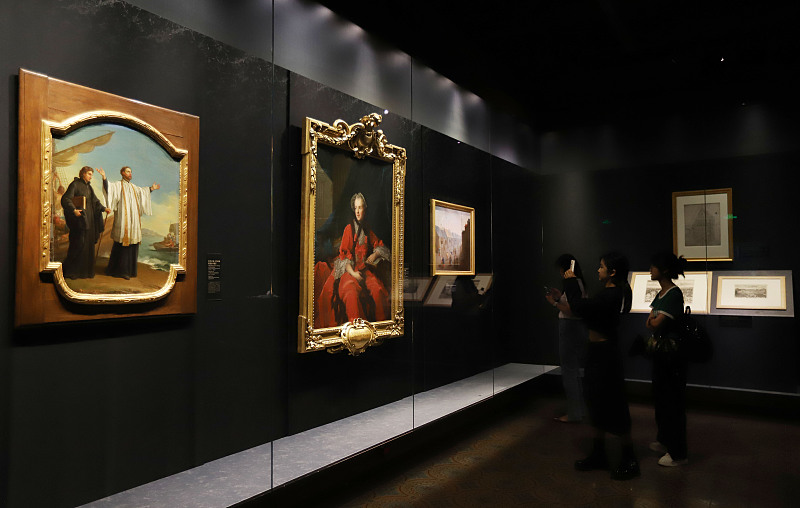 People visit the joint exhibition showcasing exchanges between China and France in the 17th and 18th centuries, in Beijing, May 14, 2024. /CFP
People visit the joint exhibition showcasing exchanges between China and France in the 17th and 18th centuries, in Beijing, May 14, 2024. /CFP 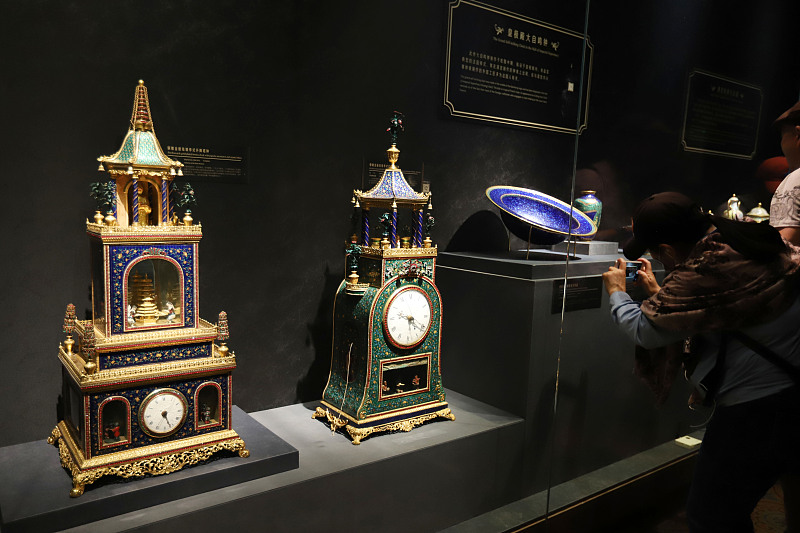 People visit the joint exhibition showcasing exchanges between China and France in the 17th and 18th centuries, in Beijing, May 14, 2024. /CFP
People visit the joint exhibition showcasing exchanges between China and France in the 17th and 18th centuries, in Beijing, May 14, 2024. /CFP 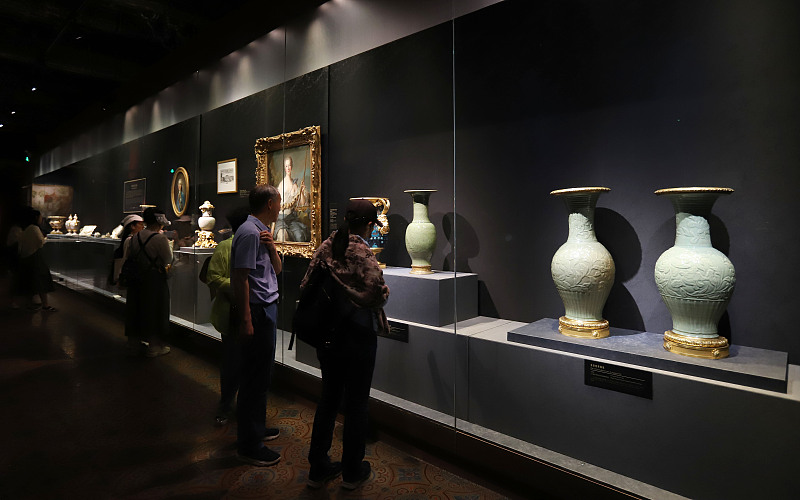 People visit the joint exhibition showcasing exchanges between China and France in the 17th and 18th centuries, in Beijing, May 14, 2024. /CFP
People visit the joint exhibition showcasing exchanges between China and France in the 17th and 18th centuries, in Beijing, May 14, 2024. /CFP 
 The tallest point in the Qionglai Range is a peak of Mount Siguniang in Sichuan Province. /CGTN
The tallest point in the Qionglai Range is a peak of Mount Siguniang in Sichuan Province. /CGTN  The tallest point in the Qionglai Range is a peak of Mount Siguniang in Sichuan Province. /CGTN
The tallest point in the Qionglai Range is a peak of Mount Siguniang in Sichuan Province. /CGTN  The tallest point in the Qionglai Range is a peak of Mount Siguniang in Sichuan Province. /CGTN
The tallest point in the Qionglai Range is a peak of Mount Siguniang in Sichuan Province. /CGTN  The tallest point in the Qionglai Range is a peak of Mount Siguniang in Sichuan Province. /CGTN
The tallest point in the Qionglai Range is a peak of Mount Siguniang in Sichuan Province. /CGTN  The tallest point in the Qionglai Range is a peak of Mount Siguniang in Sichuan Province. /CGTN
The tallest point in the Qionglai Range is a peak of Mount Siguniang in Sichuan Province. /CGTN  The tallest point in the Qionglai Range is a peak of Mount Siguniang in Sichuan Province. /CGTN
The tallest point in the Qionglai Range is a peak of Mount Siguniang in Sichuan Province. /CGTN